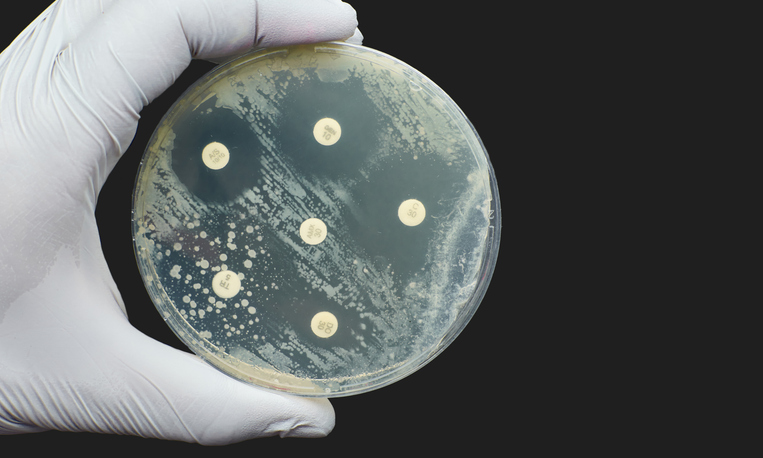
Antimicrobial resistance (AMR) is outpacing drug discovery—and killing more than a million people each year. As frontline antibiotics lose their effectiveness, healthcare systems around the world face a rising tide of infections that no longer respond to treatment. The World Health Organization (WHO) now classifies AMR as one of the top global public health threats, with more than 35 million deaths annually linked to resistant infections.
In response to this mounting crisis, researchers have synthesized a promising compound called infuzide that demonstrates potent activity against two problematic, gram-positive pathogens in mice: Staphylococcus aureus and Enterococcus species. The findings, “Comprehensive biological evaluation of infuzide as a potent antimicrobial, alone and in combination with gentamicin, linezolid, and minocycline targeting MDR Staphylococcus aureus and Enterococcus sp.,” published in Microbiology Spectrum, highlight infuzide’s potential as a next-generation antimicrobial agent.
Infuzide was identified through whole cell-screening of 17 newly synthesized hydrazone-based molecules—an effort led by interdisciplinary teams at the University of Toulouse in France and the CSIR-Central Drug Research Institute in India. “We started the project as a collaboration, looking for ways to synthesize compounds and connecting them with compounds that might have biological activities,” said medicinal chemist and co-lead author Michel Baltas, PhD, from the Laboratoire de Chimie de Coordination in Toulouse.
The compound was developed using a solvent-free method that could simplify large-scale manufacturing. Baltas noted the simplicity of the synthesis method, which does not require toxic solvents: “I am sure the same reactions can scale up,” he said.
In lab assays, infuzide exhibited strong, concentration-dependent bactericidal activity, reducing S. aureus with performance that rivals vancomycin, the standard of care for resistant gram-positive infections. The compound also synergized with linezolid, gentamicin, and minocycline in checkerboard and combination time-kill assays, including against multidrug-resistant (MDR) strains.
In mouse models of skin and neutropenic thigh infections, infuzide significantly lowered bacterial burden both as a monotherapy and when used in combination. The compound also disrupted S. aureus biofilms and was effective against intracellular infections—two common hurdles in treating persistent or chronic infections. Infuzide appears to kill bacteria through mechanisms distinct from currently used antimicrobials, which may help limit the development of future resistance.
To probe if infuzide’s inactivity against gram-negative pathogens was due to entry issues, its activity was determined in the presence of Polymyxin B nonapeptide, a known membrane permeabilizer. While infuzide lacked activity against gram-negative pathogens, the team is already exploring chemical modifications to broaden its spectrum.
Beyond this initial work, the researchers are continuing to investigate infuzide analogs and other hydrazone-based scaffolds for their antimicrobial potential, including applications in tuberculosis and other hard-to-treat infections. “We have many other candidates to make antimicrobial compounds,” Baltas said, nodding at possible future directions.
With its seemingly novel mechanism of action, synergy with existing antibiotics, and robust in vivo efficacy, infuzide meets several key criteria for preclinical development. As AMR continues to erode the utility of existing treatments, new tools like infuzide may offer a much-needed lifeline in the global fight against resistant bacterial pathogens.



